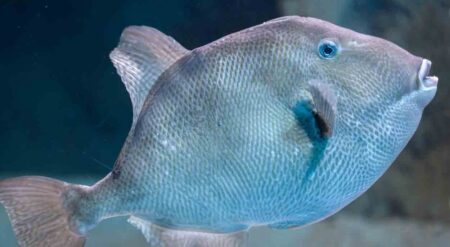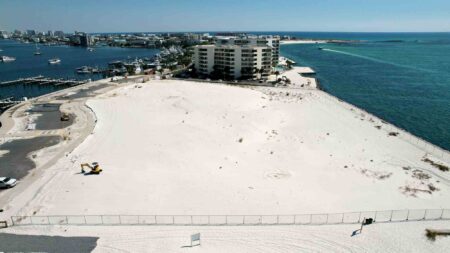FLORIDA — It is not uncommon to see evidence of landscape tree problems during summer. Many of these problems are directly or indirectly brought on by extremes in weather.
To help answer two of the more common questions about summer tree concerns, a generalized statement will be followed by a summarized explanation for each concern.
Statement: My trees started gradually dropping their leaves early this year.
Explanation: This is usually a stress-related response in trees. More than likely, it is a direct response to extremes in moisture.
The frequent rains of spring and early summer resulted in fungal and bacterial leaf spot diseases on many of our trees. These infected leaves will fall from the trees early. In addition, going from above-average rain, almost daily, for much of the spring and early summer to now needing rain, with hot temperatures and drying winds, can result in stressed trees and early leaf drop in a number of our deciduous trees.
We are seeing this happen with some landscape trees such as oak, crape myrtle, river birch, maple, dogwood, yellow poplar, and sweetgum.
When dealing with trees in this category, try to prevent any additional stresses. Water during dry weather. Avoid the use of lawn herbicides in the root area of these trees. Avoid grade and/or construction changes in the root area of trees. Avoid haphazardly applying fertilizer to these trees.
Fertilizers are salt-based and can cause problems when misapplied, especially during hot, dry conditions. It’s not advisable to apply fertilizers during dry, hot weather. Plus, the fertilizer can force new growth, which can be counterproductive to trees that are already struggling to hold on to their leaves.
With correct care and favorable weather, most trees gradually dropping their leaves earlier this summer will leaf out normally next spring.
Here is a UF/IFAS Extension link with more info on tree drought care: https://gardeningsolutions.ifas.ufl.edu/plants/trees-and-shrubs/trees/tree-care-during-drought.html.
Statement: All the leaves on my tree suddenly turned brown but are still hanging on and firmly attached.
Explanation: This is not a good sign and indicates the tree is more than likely too far gone or perhaps is already dead.
In most cases, trees in this category had problems long before the leaves turned brown. This can be caused by root or vascular diseases, severe root damage from landscape grade changes, herbicide injury, lighting damage, or other fatal injuries.
Extended hot weather can be the “straw that breaks the camel’s back” for these already weakened/injured trees. This type of tree damage is irreversible.
Larry Williams is the Extension horticulture agent with the Okaloosa County Cooperative Extension Service, University of Florida. Contact Larry at 689-5850 or email lwilliams@myokaloosa.com.








